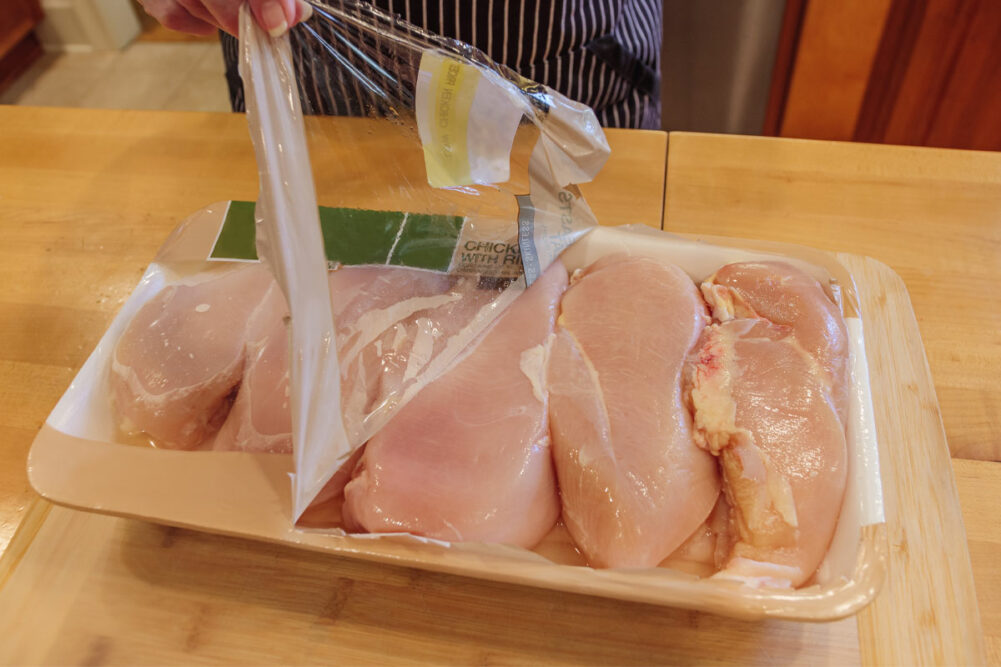UTRECHT, THE NETHERLANDS – The global poultry market will face rising costs and tight supplies in the second half of 2022, according to Rabobank. Nan-Dirk Mulder, senior analyst of animal protein at Rabobank, said one of the industry’s biggest challenges is operational with high feed and energy prices due to inflation, labor availability and the impact of highly pathogenic avian influenza (AI).
Gas prices, for example, are more than double second quarter 2020 levels. Europe has been impacted by high gas prices because of its dependence on Russia.
Soymeal also is up by 60%. Rabobank expects feed prices to stay high but below their second quarter peaks.
Rabobank also noted the significant impact of AI on the global poultry industry. Europe experienced the highest-pressure AI season in history with 53 million birds culled. The virus hit the United States in February, leading to 38 million birds being culled in the following months. Japan, the Philippines, Mexico and Russia also have experienced outbreaks.
“One consequence of this challenging context is that supply will be tight,” Mr. Mulder said. “Mid-size and small producers are downscaling in response to higher working capital requirements and risks. New investment projects have been delayed, given the rise in investment costs, with high steel prices, rising interest rates, high logistical costs and a tight labor supply.”
Still, poultry demand remains high as many consumers are choosing to substitute chicken for beef products.
“Weaker economic growth and reduced consumer confidence — in part related to Russia’s invasion of Ukraine — will lead to more consumers trading down to chicken,” Mr. Mulder said.
Rabobank forecast a 0.5% to 1% increase in production for 2022, significantly below a normal year’s growth of around 2.5%.
With strong import demand, countries such as Mexico, Qatar, Egypt and Sri Lanka are lifting import restrictions temporarily. The EU also is lifting import restrictions on Ukrainian products in support of the country during the war.
“The strong global demand for imported chicken is occurring in a very tough trade environment with AI-restrictions, high logistical costs and limited container availability,” Mr. Mulder said. “Under these conditions, Brazil and the US come out on top, having seen strong demand in Q1 2022. The EU has lost market share due to its many AI outbreaks and related trade restrictions. Thailand is recovering but remains relatively expensive due to its high local prices.”





